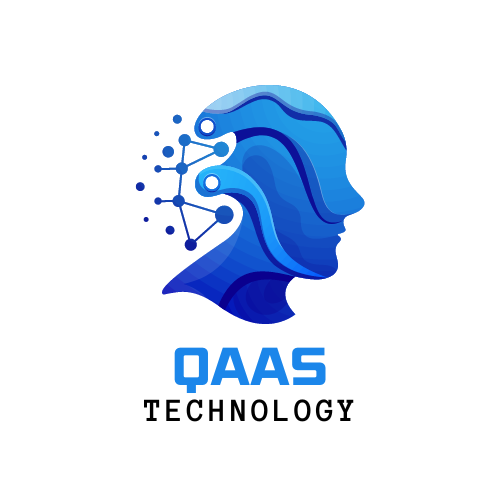Introduction
Image detection systems have changed multiple sectors, for instance, you can see security providers and the retail industry. However, this technology can clarify the visual data, which is a cause of important development in business operations and way of society functionality. For example, increasing customer experiences in the retail industry to fostering security estimation in different public spaces. Furthermore, these developments highlight important Essential Privacy concerns. The more image recognition is enhanced, the more possibility of misuse risk will increase.
1. Unauthorized Data Collection
Image recognition and artificial image recognition are also involved in image detection which often accumulates a huge amount of personal data without any legal consent. Several technologies constantly examine and check the images that are retained from public spaces, social media, or other devices. The illegal way of data accumulation highlights privacy concerns as people do not know how their images are being used by someone. Also, every organization should execute this technology as a priority and inform the customers regarding their image or data collection process while getting their consent.
2. Data Security Risks
Data collection security with the help of image detection systems is one of the major concerns. However, this system can save sensitive personal information which is secure and can be weak to data breaches. For instance, cybercriminals can vulnerable data security to get access to personal images for misleading purposes. To reduce these risks, it is important to engage the strong execution techniques and regularly refurbish the safety methods to secure data from any illegal access.
3. Misuse of Image Recognition Technology
Image recognition systems are driven by artificial intelligence and can be the use wrong purposes. For example, facial recognition systems in supervision become the cause of strict checking of persons without their consent. Also, this type of misuse prolongs possible apps to illegal profiling. Highly strict regulations and societal instructions are important to check the image recognition system’s usage.
4. Inaccurate Image Identification
Wrong image identification acts as an important privacy risk, particularly in important apps, for instance, law enforcement. Artificial image detection technology can also misidentify the person which leads him to the wrong accusation. These types of errors are not acceptable, and easy to compromise someone’s privacy and it can establish extreme results for people who mistakenly identify wrong.
5. Surveillance and Privacy Erosion
The extensive engagement of image recognition systems for monitoring purposes can be the cause of privacy concerns. However, continuous checking with the help of cameras equipped with this technology generates the best checking conditions where a person can feel they are being tracked or recorded. Furthermore, this common checking has a low effect on individual freedom. It is important to strike a balance between monitoring advantages and Essential Privacy considerations to confirm that checking systems are being used correctly.
6. Data Retention and Usage
Data protection policies link with the image identification system which is important to reduce Essential Privacy concerns. Every organization should set transparent instructions on collected images and their storage duration alongside their usage. Long protection of an individual’s image enhances the data breach risks and leads to misuse. Every user must know their rights regarding the data usage, and handling, and they can request for the image deletion from the database.
7. Ethical Implications of AI Image Recognition
The societal execution of artificial image recognition systems permits the best consideration. Artificial intelligence is useful for the image identification process that highlights the unfairness and distinction if any error is identified while constant checking. Let’s understand this scenario with an example of demographics that can be misidentified because of unfair data training.
8. Impact on Personal Freedom
Image detection usage impacts everyone’s freedom by generating continuous observation. People can feel insecure when it comes to actions and attitudes when they know they are being watched and recorded. So, this emotional effect can limit the individual’s freedom and self-expression. It is important to set up transparent boundaries and observations to utilize this system to secure individual freedom while getting advantages from its capabilities.






